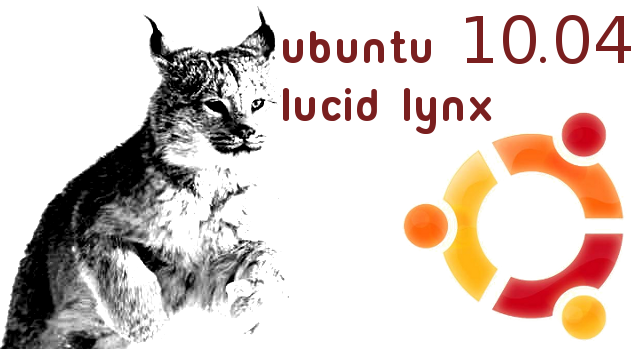Own an Internet Cafe? Well, Using Windows OS must have been your first choice because it's popularity among netters all around the world.
But, facing some realities in some developing countries that troubles might have came up when you are forced to use a pirated OS, and some unresponsible authorities might try to blackmail you under those circumstances.
Luckily for us for have been using Ubuntu Linux for almost six months!
besides those facts above, we are using an internet billing too, which it's function is to manage your cash-flow and Internet use of logged on-users. There are a lot of closed-source software which is expensive enough to buy.
Fortunately we have our saviour of this problem :
gbilling, A free Software Internet Cafe billing System!
Gbilling is an open source internet billing that is created by Ardhan Madras, a UNIX/Windows network & IT system engineer, also active as developer of linux kernel and some gnome desktop project. In the program notes, we can find that He dedicate this program to his late 13 years old-sister that has fought for leukemia. May she rest in peace and close to heaven...
According to it's official site in
sourceforge.net, gBilling firstly written with Python. As the development of these applications such as system calls, API library, which the library is used, scripting languages are considered not suitable anymore, and then gBilling was rewritten to C, so far with glib for functions wrapper POSIX and Windows API.
Later on,
So Why using gBilling? because it's a free software, that you can take any advantage of this application. You can modify it according to your needs, you can learn how to work gBilling billing applications and make your own billing, you can participate in developing this program, and others. GBilling will always be written with accordance on Portability. gBilling will not refer only to one system that which will be a waste of time only.
gBilling is not made for profit or award, gBilling made to support the free operating system like Linux that can be used both for Microsoft. Once again gBilling is free software that is licensed under the GNU General Public License version 2.
gBilling features:
* Multiplatform (UNIX: Linux, MacOS, BSD, and Microsoft Windows) architecture for 32 bit and 64 bit
* Concurrent TCP / IP server model (IPv4)
* Multithread (per-client thread, with a glib Thread)
* storage database Orientation (SQLite embedding)
* Full control of the server (logout, shutdown, restart, close / open client login)
* Detecting client who is not on (the program is not on the client computer or client)
* System logging and log export to CSV format
* Recovery (recovery server / client for the power loss, system crashes)
* User authentication (glib data hashing)
* Chatting
* System package
* Item System (Items are sold in the cafe is displayed in the client)
* Customize your cafe in accordance with (the name cafe, slogan, address)
* Ultimately Free software!
you can see other screenshot in
hereYou can download it in
here








































